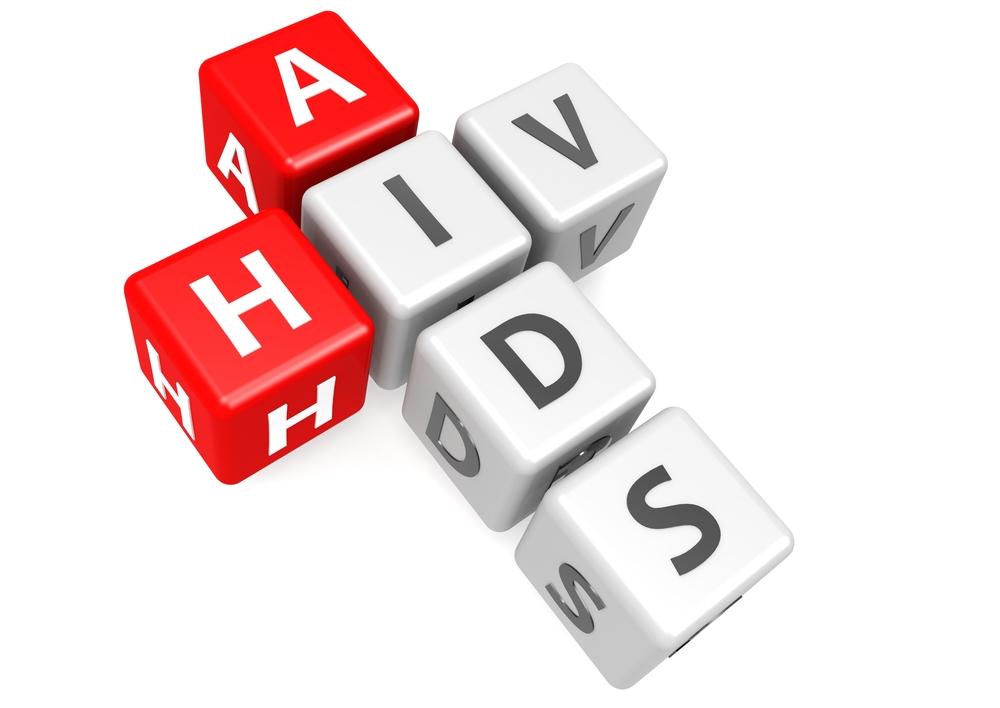
How is HIV different from AIDS
Human Immunodeficiency Virus, commonly called HIV, is a lentivirus that attacked and destroys the CD4 cells (a type of T cells) of the immune system. CD4 cells are a crucial part of adaptive immunity and their destruction by the HIV virus can seriously jeopardize the immune functions and the ability to fight the diseases. A suboptimal functioning of the immune system can make an HIV infected person more vulnerable to several common infections that typically do not cause any serious threat. One of the most common co-infection in HIV infected people in TB infection. Thus, HIV infections pave the way for other infections and without any medication, it finally progresses into AIDS, an advanced stage of HIV infection.
Around 1 million people have already been infected with HIV, and 41,000 individuals get infected with HIV each year. HIV virus is commonly present in several bodily discharges of infected people such as semen, vaginal secretions, breast milk, and the blood. HIV infected individuals do not develop symptoms for several years and feel totally healthy and fine. According to one estimate, 1 in 7 citizens of the country is unaware of HIV infection.
HIV infections are incurable and once HIV enters your body; it remains there forever. However, certain medications prevent further aggression of the disease and prevent the spread of HIV. Medications will also have prolonged the lifespan on the affected individual.
Symptoms of HIV infection
Early stage symptoms of HIV are chills, fever, pain in the throat and joints, muscle fatigue, red rashes, whole body fatigue and weakness, and swelling in the glands.
Late stage symptoms of HIV are diarrhea, sweating during night times, dyspnea, unexplained weight loss, prolonged fever and weakness, dry cough, blurred vision, and the appearance of white spots on the tongue.
Difference between HIV and AIDS
AIDS stands for Acquired Immunodeficiency Syndrome and refers to the advanced stage of HIV infection. HIV and AIDS are two different things. The main difference here is that HIV is a virus while AIDS is a medical condition caused by the untreated HIV virus. Every HIV infected person may not necessarily develop AIDS.
As mentioned earlier, HIV kills the immune cells leading to higher susceptibility of common infections. This leads to the development of AIDS, a disease attributed to lowered immunity caused by HIV. AIDS is the most advanced and life-threating outcome of HIV and ultimately leads to death. It takes around 10 years for an HIV infected person to develop AIDS and medication can help in survival for several decades.
Diagnosis
Blood test
The presence of antibodies against the HIV is detected. The test is redone if the test results are positive.
HIV infections can destroy the main infection-fighting component of the immune system, CD4+ T-cells, and an untreated infection can finally progress into AIDS. A timely diagnosis and treatment prevents the disease progression and spread of the disease.


